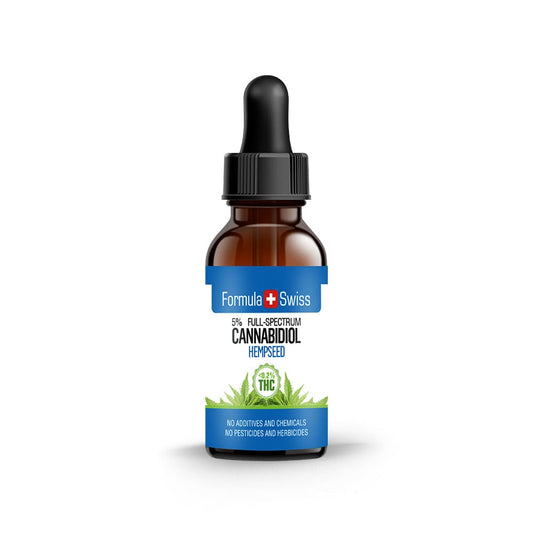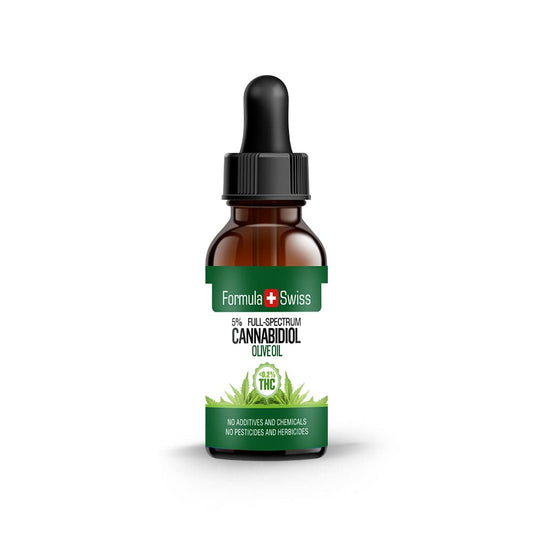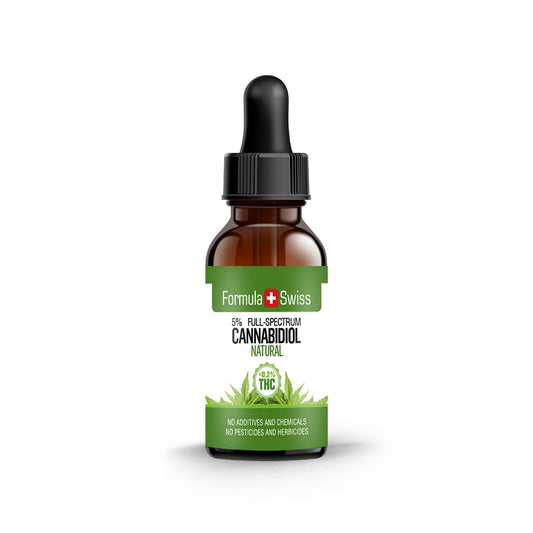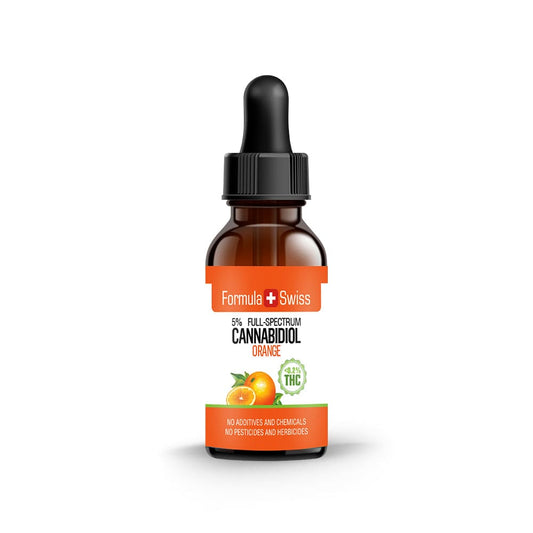We work with the very best researchers and universities around the World to gain valuable knowledge about, how CBD products work in humans and animals and to get detailed information about, how the cannabinoids react with the CB1 and CB2 receptors.
 We work with University of Bologna and Professor Roberto Chiocchetti DVM, PhD. and his team from Department of Veterinary Medical Science and are funding a number of research studies on CBD and animals.
We work with University of Bologna and Professor Roberto Chiocchetti DVM, PhD. and his team from Department of Veterinary Medical Science and are funding a number of research studies on CBD and animals.
Disclaimer: we supported the University of Bologna with financial funds for research. The authors declare they have no conflict of interest.
Research study: Localisation of cannabinoid and cannabinoid-related receptors in the equine dorsal root ganglia (horses)
Growing evidence recognises cannabinoid receptors as potential therapeutic targets for pain. Consequently, there is increasing interest in developing cannabinoid receptor agonists for treating pain. As a general rule, to better understand the actions of a drug, it would be of extreme importance to know the cellular distribution of its specific receptors. The localisation of cannabinoid receptors in the dorsal root ganglia of the horse has not yet been investigated.
Objectives: To localise the cellular distribution of canonical and putative cannabinoid receptors in the equine cervical dorsal root ganglia.
Even though limited empirical research has been carried out concerning the use of medical marijuana for pain treatment in domestic animals and horses, the use of cannabis products in animals is expanding. Of the cannabis products, cannabidiol (CBD), a non-psychoactive compound found in cannabis sativa, seems to be one of the most promising therapeutic substances. Due to its numerous health-related benefits, CBD has found multiple clinical applications in the medical field, including analgesic, anti-inflammatory, anti-spasmodic and anti-anxiety uses. For many years, it was assumed that the beneficial effects of the cannabinoids were mediated exclusively by cannabinoid receptors 1 (CB1R) and 2 (CB2R). However, it is currently known that phytocannabinoids may act on multiple targets outside the endocannabinoid system, such as other G-protein-coupled receptors (GPRs), the transient receptors potential (TRPs) channel, nuclear peroxisome proliferator-activated receptors (PPARs), and serotonin receptors. In particular, CBD, which shows indirect interaction with CB1R and CB2R, seems to be involved in the modulation of receptors, such as the serotoninergic 5-HT1a receptor (5-HT1aR), and the transient receptors potential ankyrin 1 (TRPA1) and vanilloid 1 (TRPV1), the latter two being ex- citatory ion channels expressed by the sensory neurons mediating somatic and visceral pain.
Results: The neurons showed immunoreactivity for CB1R (100%), CB2R (80% ± 13%), PPARα (100%), TRPA1 (74% ± 10%) and 5-HT1aR (84% ± 6%). The neuronal satellite glial cells showed immunoreactivity for CB2R, PPARα, TRPA1 and 5-HT1aR.
As a general rule, to better understand the effects exerted by a drug, it is important to know the cellular distribution of its specific receptors. Currently, only a small number of studies have been pub- lished regarding the expression of cannabinoid receptors in the dorsal root ganglia of animals and no analogous studies have yet been carried out on horses.
Thus, the current study was designed to immunohistochemically localise, two canonical cannabinoid receptors (CB1R and CB2R) and three cannabinoid-related receptors (PPARα, TRPA1 and 5-HT1aR) in the equine dorsal root ganglia.
Conclusions:
Cannabinoid and cannabinoid-related receptors had a wide distribution in the sensory neurons and SGCs of the equine dorsal root ganglia. These findings represented an important anatomical basis upon which it would be possible to continue with other preclinical and clinical studies aimed at investigating and possibly supporting the specific therapeutic uses of non-psychotropic cannabinoid agonists against noxius stimulation in horses.




